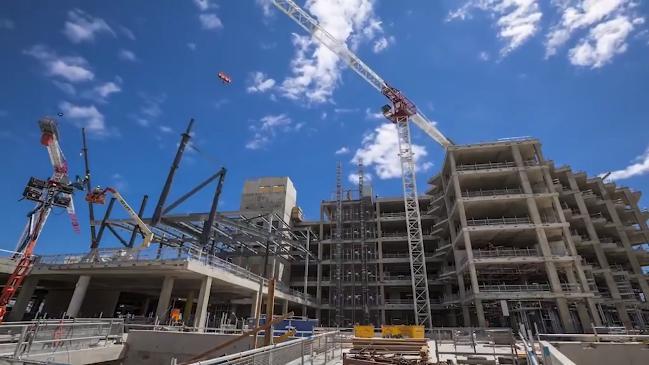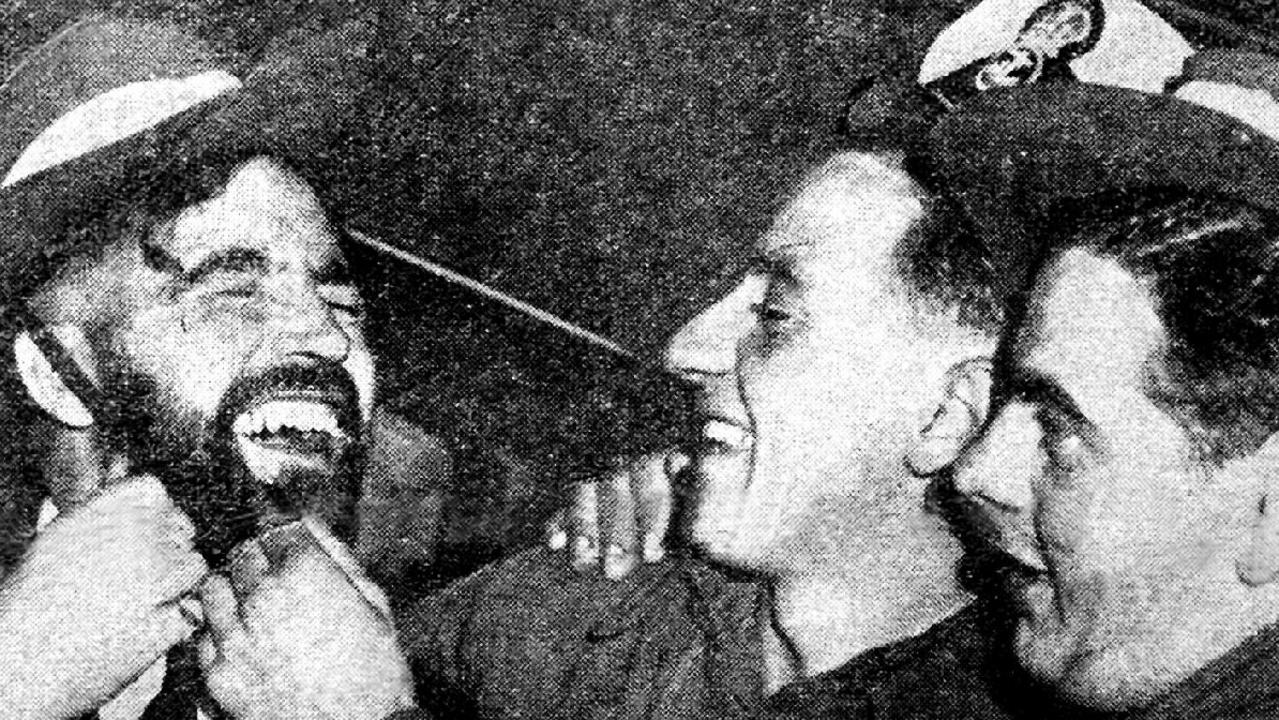Martin Haese: Something truly bold and iconic is required to replace activation lost by the RAH’s closure
IT is imperative that a long-term plan for the old Royal Adelaide Hospital site is established without delay, writes Martin Haese.
Two weeks before its official opening, I joined my fellow Adelaide City Councillors for a tour of the New Royal Adelaide Hospital situated in the rapidly growing biomedical precinct in the city’s West End.
We were thoroughly impressed with the building’s modernity, amenity and the level of service it will provide for South Australians for decades to come. Through its clever use of architectural planning, gardens and public art, the design of the hospital will certainly lift the spirits of those who will spend time there. It is also reassuring to hear that the relocation to the new hospital has been smooth.
Nonetheless, with the emergency department of the old Royal Adelaide Hospital (oRAH) closing yesterday, we are rapidly facing a seven-hectare dilemma at the eastern end of North Terrace. For over 160 years, the East End has relied on the old Royal Adelaide Hospital — and for more than just medical treatment.

As the last of the patients are moved out of the oRAH today, thousands of daily visitors to the city’s East End may also haemorrhage out as a result of its closure. These not only include the hundreds of doctors, nurses and patients who attend the hospital, but also the number of visitors who frequent the site every day. It is therefore unsurprising that business groups and resident associations are worried about the effect the closure will have on their security, trade and property values.
This is something the State Government has known about for some time and while temporary activation measures are welcome news, it is imperative that a long-term plan for the site is established without delay to underwrite the future sustainability for our city’s east end.
We have a saying which informs all discussions about the Park Lands at the City of Adelaide; it is ‘public land for public benefit’. It was this same lens that was applied when we reviewed early concept designs revealed by the State Government in conjunction with their preferred partner Commercial & General late last year.

I am very supportive of many elements of this plan as they complement the area very well. For example, the reinstatement of two hectares of land to the Botanic Gardens, retention of key heritage buildings on North Terrace and Frome Street frontages and the ongoing involvement of the education sector on the site was all welcome news.
Nonetheless, the Council remains opposed to high density residential development currently planned for the site. With a growing number of worthy residential projects already in construction or approved and soon be built in the immediate vicinity, I am concerned that if the proposed residential component proceeds, not only will this fail the ‘public land, public benefit’ test, but it will also impede private investment in the city.
As a candidate for Lord Mayor back in 2014, I proposed several principles for a shared use development on the oRAH site focusing on education, arts, sport and tourism. I called it the ‘EAST plan’ and I still stand by these principles today.
Whether it is a cultural building, a contemporary art gallery as envisioned by Art Gallery director Nick Mitzevich, a permanent exhibition space for indigenous art and culture or a concert hall, something truly bold and iconic is required for the site to transplant the activation lost by the oRAH’s closure. Ultimately, this precinct deserves a development which is open to the public and provides both day and night time activation.

Over twelve months ago, I was very proactive about leading a conversation with the State Government about extending the Adelaide tram network along North Terrace to service the east end community. Thankfully, the State Government agreed and works have already started on this extension with Council providing funding for a streetscape upgrade of the southern side of North Terrace. This tram extension is fundamental in tying together all the elements of the North Terrace cultural boulevard and underwriting the future sustainability for the east end of Adelaide, creating demand for whatever eventuates at the oRAH site. However, it is not a solution in itself.
The final plan for the future of the oRAH site needs to be carefully considered in the context of the Park Lands, cultural boulevard of North Terrace and supporting businesses and residents in the East End.
Most importantly, it needs the support of all South Australians and it must be done soon, otherwise it may be pronounced dead on arrival.
MARTIN HAESE IS LORD MAYOR OF ADELAIDE


